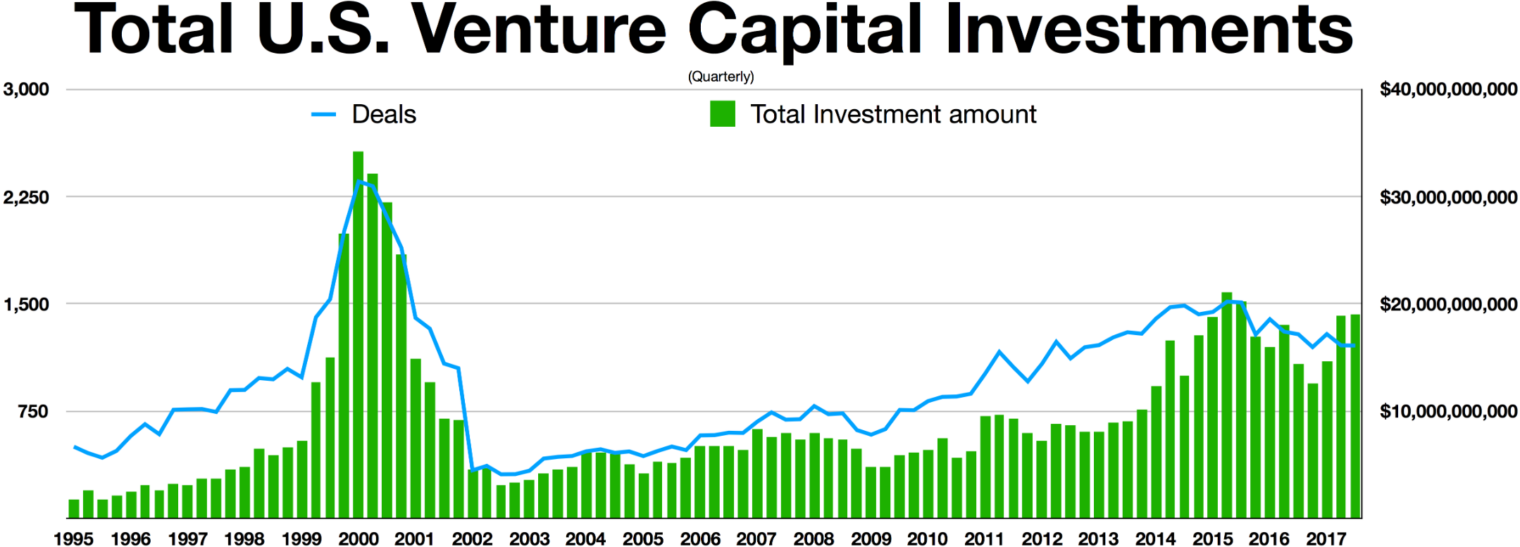Elon Musk at war in Ukraine
Can a private citizen change the outcome of a foreign war? The answer is “Yes” for Citizen Musk. From Elon Musk, the book:
An hour before Russia launched its invasion of Ukraine on February 24, 2022, it used a massive malware attack to disable the routers of the American satellite company Viasat that provided communications and internet to the country. The command system of the Ukrainian military was crippled, making it almost impossible to mount a defense. Top Ukrainian officials frantically appealed to Musk for help, and the vice prime minister, Mykhailo Fedorov, used Twitter to urge him to provide connectivity. “We ask you to provide Ukraine with Starlink stations,” he pleaded. Musk agreed. Two days later, five hundred terminals arrived in Ukraine. “We have the US military looking to help us with transport, State has offered humanitarian flights and some compensation,” Gwynne Shotwell emailed Musk. “Folks are rallying for sure!” “Cool,” Musk responded. “Sounds good.” He got on a Zoom call with President Volodymyr Zelenskyy, discussed the logistics of a larger rollout, and promised to visit Ukraine when the war was over.
Every day that week, Musk held regular meetings with the Starlink engineers. Unlike every other company and even parts of the U.S. military, they were able to find ways to defeat Russian jamming. By Sunday, the company was providing voice connections for a Ukrainian special operations brigade. Starlink kits were also used to connect the Ukrainian military to the U.S. Joint Special Operations Command and to get Ukrainian television broadcasts back up. Within days, six thousand more terminals and dishes were shipped, and by July there were fifteen thousand Starlink terminals operating in Ukraine.
How much of a difference did this make?
“Without Starlink, we would have been losing the war,” one Ukrainian platoon commander told the [Wall Street Journal].
Musk is lucky that the Russians don’t currently have a space machine like Bird One (from You Only Live Twice) that can vacuum up the Starlink satellites!
Elon Musk ended up making decisions at least as consequential as any made in Kyiv, according to Isaacson:
“This could be a giant disaster,” Musk texted me. It was a Friday evening in September 2022, and Musk had gone into crisis-drama mode, this time with reason. A dangerous and knotty issue had arisen, and he believed that there was “a non-trivial possibility,” as he put it, that it could lead to a nuclear war, with Starlink partly responsible. The Ukrainian military was attempting a sneak attack on the Russian naval fleet based at Sevastopol in Crimea by sending six small drone submarines packed with explosives, and they were using Starlink to guide them to the target. Although he had readily supported Ukraine, his foreign policy instincts were those of a realist and student of European military history. He believed that it was reckless for Ukraine to launch an attack on Crimea, which Russia had annexed in 2014. The Russian ambassador had warned him, in a conversation a few weeks earlier, that attacking Crimea would be a red line and could lead to a nuclear response. Musk explained to me the details of Russian law and doctrine that decreed such a response. Throughout the evening and into the night, he personally took charge of the situation. Allowing the use of Starlink for the attack, he concluded, could be a disaster for the world. So he reaffirmed a secret policy that he had implemented, which the Ukrainians did not know about, to disable coverage within a hundred kilometers of the Crimean coast. As a result, when the Ukrainian drone subs got near the Russian fleet in Sevastopol, they lost connectivity and washed ashore harmlessly.
He also called the Russian ambassador to assure him that Starlink was being used for defensive purposes only. “I think if the Ukrainian attacks had succeeded in sinking the Russian fleet, it would have been like a mini Pearl Harbor and led to a major escalation,” Musk says. “We did not want to be a part of that.”
Isn’t this a bit like the United Nations in Gaza? For 75 years, they’ve been providing nearly everything that the Palestinians to raise the next generations of soldiers/martyrs and simultaneously claiming to be involved only in peace/defense. Musk strengthened Ukraine’s defensive capability, which gave them more resources to put into offense.
Like the UN, Musk tried his hand at diplomacy:
He took it upon himself to help find an end to the Ukrainian war, proposing a peace plan that included new referenda in the Donbas and other Russian-controlled regions, accepting that Crimea was a part of Russia, and assuring that Ukraine remained a “neutral” nation rather than becoming part of NATO. It provoked an uproar. “Fuck off is my very diplomatic reply to you,” tweeted Ukraine’s ambassador to Germany. President Zelenskyy was a bit more cautious. He posted a poll on Twitter asking, “Which Elon Musk do you like more?: One who supports Ukraine, or One who supports Russia.” Musk backed down a bit in subsequent tweets. “SpaceX’s out of pocket cost to enable and support Starlink in Ukraine is ~$80M so far,” he wrote in response to Zelenskyy’s question. “Our support for Russia is $0. Obviously, we are pro Ukraine.” But then he added, “Trying to retake Crimea will cause massive death, probably fail and risk nuclear war. This would be terrible for Ukraine and Earth.”
Eventually he ended up in a text message exchange with Ukraine’s Vice Prime Minister Fedorov:
Musk: “Russia will stop at nothing, nothing, to hold Crimea. This poses catastrophic risk to the world…. Seek peace while you have the upper hand….”
After his exchange with Fedorov, Musk felt frustrated. “How am I in this war?” he asked me during a late-night phone conversation. “Starlink was not meant to be involved in wars. It was so people can watch Netflix and chill and get online for school and do good peaceful things, not drone strikes.”
In a world of war profiteers, Starlink seems to have been the only involved company that didn’t get rich off the conflict:
[SpaceX President/COO Gwynne] Shotwell also felt strongly that SpaceX should stop subsidizing the Ukrainian military operation. Providing humanitarian help was fine, but private companies should not be financing a foreign country’s war. That should be left to the government, which is why the U.S. has a Foreign Military Sales program that puts a layer of protection between private companies and foreign governments. Other companies, including big and profitable defense contractors, were charging billions to supply weapons to Ukraine, so it seemed unfair that Starlink, which was not yet profitable, should do it for free. “We initially gave the Ukrainians free service for humanitarian and defense purposes, such as keeping up their hospitals and banking systems,” she says. “But then they started putting them on fucking drones trying to blow up Russian ships. I’m happy to donate services for ambulances and hospitals and mothers. That’s what companies and people should do. But it’s wrong to pay for military drone strikes.”
Related:
Full post, including comments










